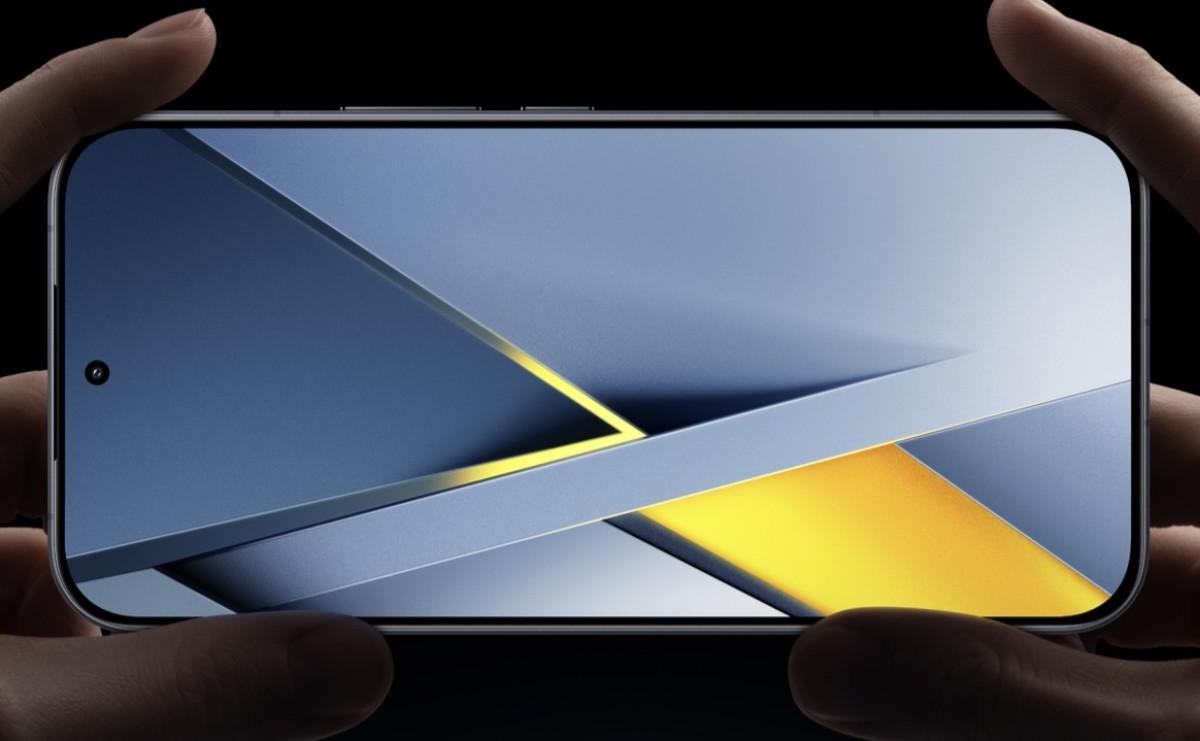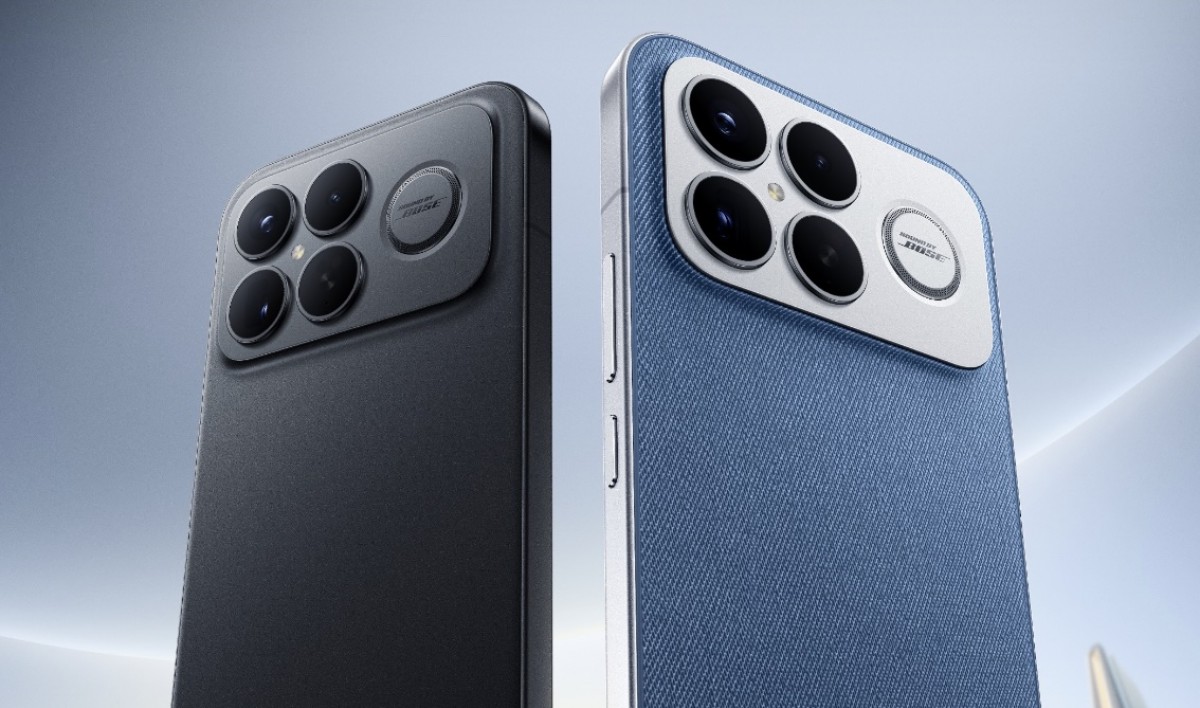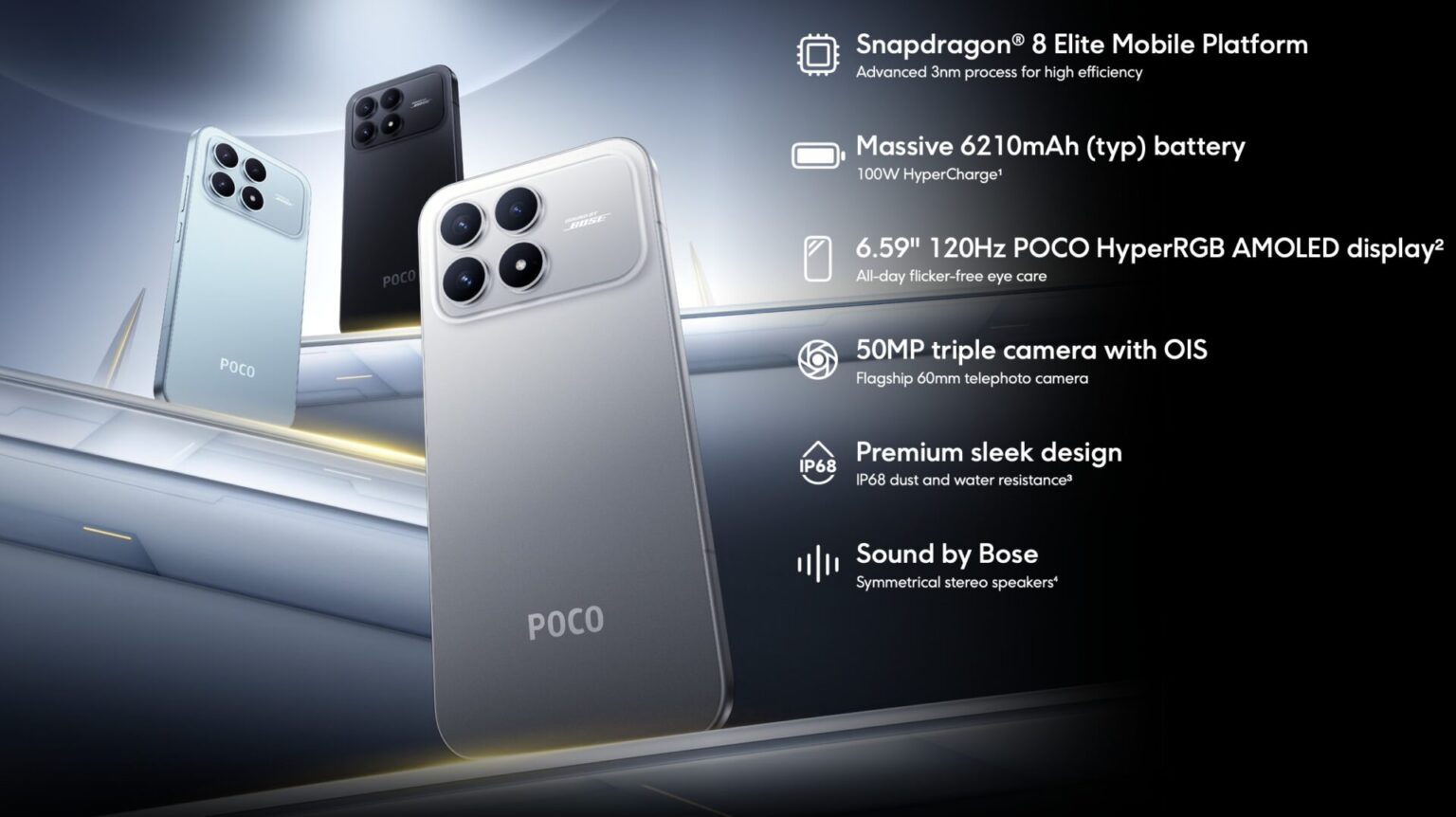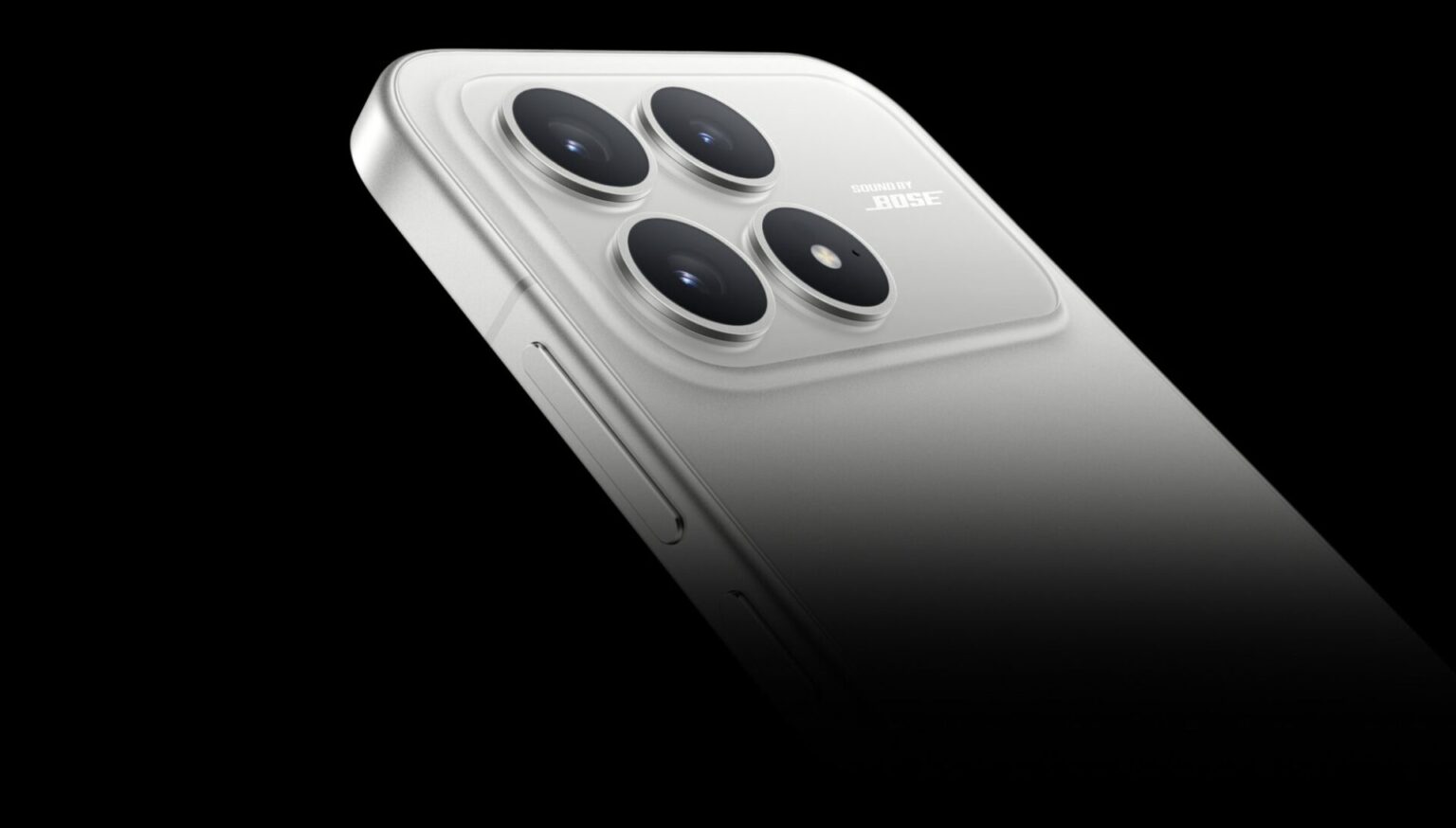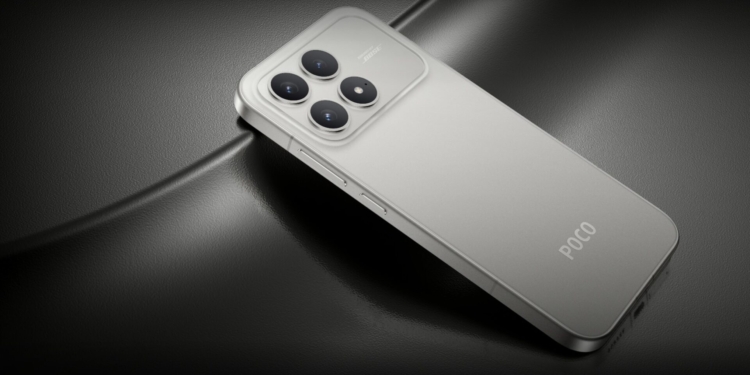The POCO F8 Series has now been officially introduced to global markets, marking a significant expansion for Xiaomi’s sub-brand. It includes two models: POCO F8 Pro and POCO F8 Ultra, targeting those customers who value strong performance, long battery life, and advanced display technologies.
POCO F8 Series launched globally
The announcement was truly global, but Indonesia’s Bali region was the home of the global unveiling, where POCO highlighted that the series is oriented toward performance, with some user-centric design. The F8 Pro and F8 Ultra were placed between the mid-range and premium categories to meet demanding users who require high refresh rate displays, long battery endurance, and sophisticated camera algorithms.
The POCO F8 Ultra attracts attention with an impressive 6.9-inch display that supports refresh rates up to 120Hz and HDR mode. It works with Qualcomm’s Snapdragon 8 Elite Gen 5 chipset, which produces a total of around 4 million points in AnTuTu benchmarks. The processor uses the VisionBoost D8 engine for better video rendering and has AI Super Resolution inside for enhanced video sharpness.
POCO F8 Ultra: Key Features and Design
The Ultra variant of POCO is also fitted with a 6500mAh battery—the largest capacity ever used in the F series—plus an optimized fast-charging system. The rear panel uses a fiberglass-based nano-coating, most evident in the Denim Blue finish, providing a smooth tactile surface. A matte black variant is also available for users who may prefer a more understated appearance.
The architecture of the camera features 5× optical zoom with improved night algorithms, supporting more precise color temperature balancing in low-light conditions. It is designed for consistent quality and requires no further adjustments by the user.
POCO F8 Pro: A Compact but Powerful Alternative
The display on the POCO F8 Pro is a more compact 6.59-inch display, while it still manages to provide high performance using the Snapdragon 8 Elite chipset. While it does not apply to the “Gen 5” version, the model retains powerful computational capability suitable for gaming and multitasking and enables extended multimedia use. Meanwhile, its 6210mAh battery represents a significant increase from earlier F Series generations.
It comes with a single piece of glass on the back, made using a seamless manufacturing process where the curvature of the frame perfectly aligns with the rear panel. For the audio configuration, POCO collaborated with Bose in integrating a quad-speaker setup that supports Dolby Atmos and Hi-Res Audio.
Both run Xiaomi’s HyperOS 3
For enhanced functionality like the HyperIsland for better multitasking. Users benefit from optimized gesture controls, refined notification management, and improved low-light display behavior. Both models feature displays with support for an adaptive refresh rate of up to 120and 68-billion-color representation for accurate visual output while gaming, consuming media, or everyday browsing.
Camera performance is further bolstered by AI-assisted scene detection. Although the Ultra model facilitates lens switching between telephoto and wide-angle configurations, the Pro variant uses software-based zoom enhancements along with image-balancing algorithms to attain competitive results.
Pricing, Availability, and Market Release
POCO has not announced final pricing yet, but based on early European and Asian assessments, market prices are expected to be between $430 and $645 USD, depending on configuration. Both models are now officially available across global markets, with regional rollouts continuing throughout the year.
It also considers environmental factors in production, as most of the material components are recyclable, aligning with POCO’s overall commitment to sustainability. The series presents meaningful upgrades both in design and hardware, reinforcing POCO’s position in the competitive mid-to-high smartphone segment.


 Emir Bardakçı
Emir Bardakçı